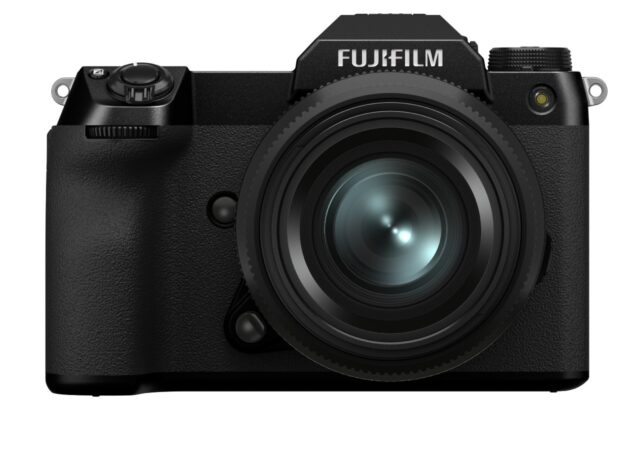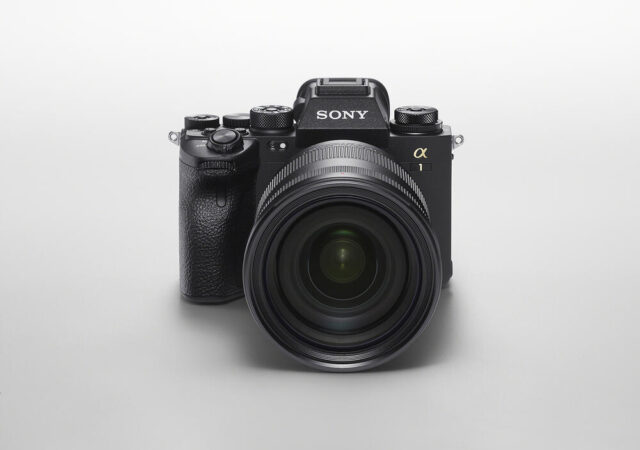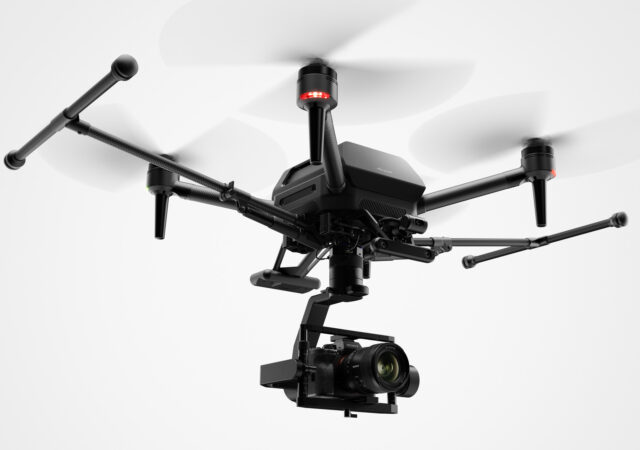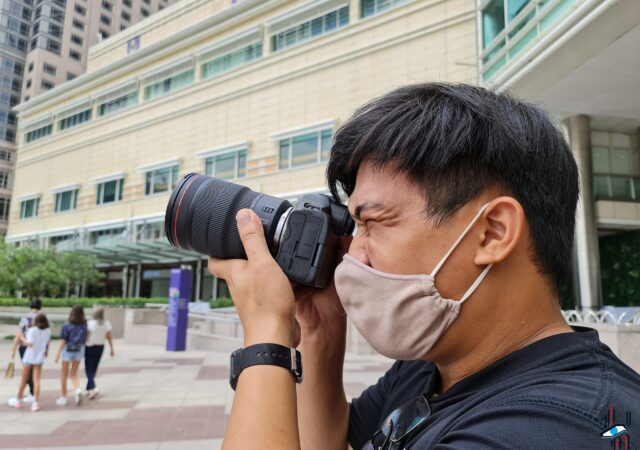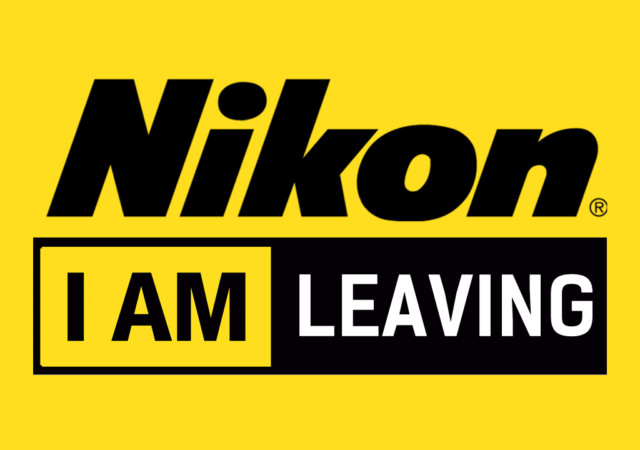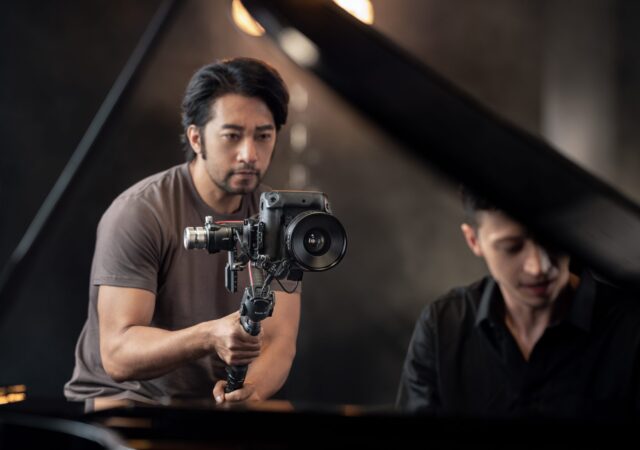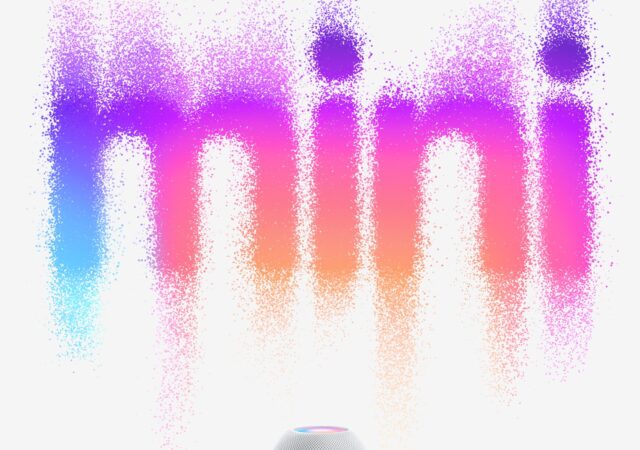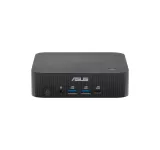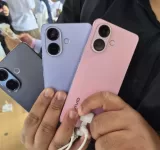There is a reason why you hardly see a medium format camera out in the wild or used by street photographers. For one, they are quite humongous compared to the modern full-frame DSLR. That size also comes with some heft…
The New Sony Xperia PRO is the 5G solution for Professionals
Sony launched their Xperia PRO smartphone alongside the Sony α1 camera. The new flagship spec smartphone is the ultimate content creator device at US$ 2,499.
[UPDATE] Sony Launches the Alpha 1 – the New Benchmark
When the world marvel over Canon’s new EOS R5, partly because of its 8K video recording capabilities, everyone expected Sony to do the same with their high-end video hero, the Sony Alpha (α) 7S III. They stuck to their ways…
[CES 2021] Sony Introduces the AirPeak
Sony introduces the AirPeak in CES 2021. The AirPeak is designed to be the world’s smallest drone to carry the Alpha for aerial creativity.
Tech & Tonic Episode 28 – One Last Time for 2020 and Our Top 10 Things To Buy for Christmas
In this episode of Tech & Tonic Podcast, we reveal out top 10 shopping list for Christmas. Of course, we discuss why as well.
24 Hours with the Canon EOS R5 – A Walk Through Town
We had a short time to spend with the Canon EOS R5. We had a day out with the highly capable camera though, and the results shows.
Nikon Bids Malaysia Goodbye; Operations Cease on 1 January 2021
When it comes to DSLRs and cameras one of the first names that you’d think of is Nikon. The company has become a staple name in the industry and there is nothing more iconic than their “I AM” campaign when…
DJI Unveils RS 2 & RSC 2 3-Axis Camera Gimbal – Smaller, Better
DJI just launched the new RS 2 and RSC 2 gimbal for DSLR and mirrorless systems. The highly advanced gimbals starts at MYR 1,699.
Apple Introduces the HomePod mini – Same HomePod, Same Smarthome, Smaller, More Affordable
Apple launches the HomePod mini smart speakers alongside the Apple iPhone 12 series. The speakers are smaller and more affordable at US$ 99
[Update] The New Sony Alpha 7C (α7C) – Mirrorless Full-Frame is Now Lighter, Smaller, and More Affordable at MYR 8,399!
Sony just launched their brand-new Alpha 7C, the lightest and smallest full-frame camera in the world; most affordable too.



